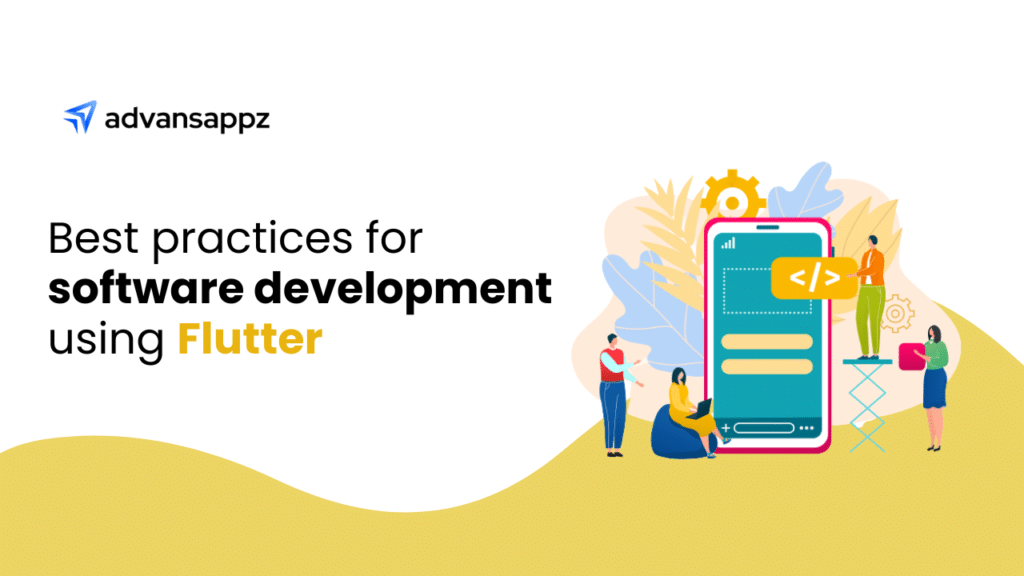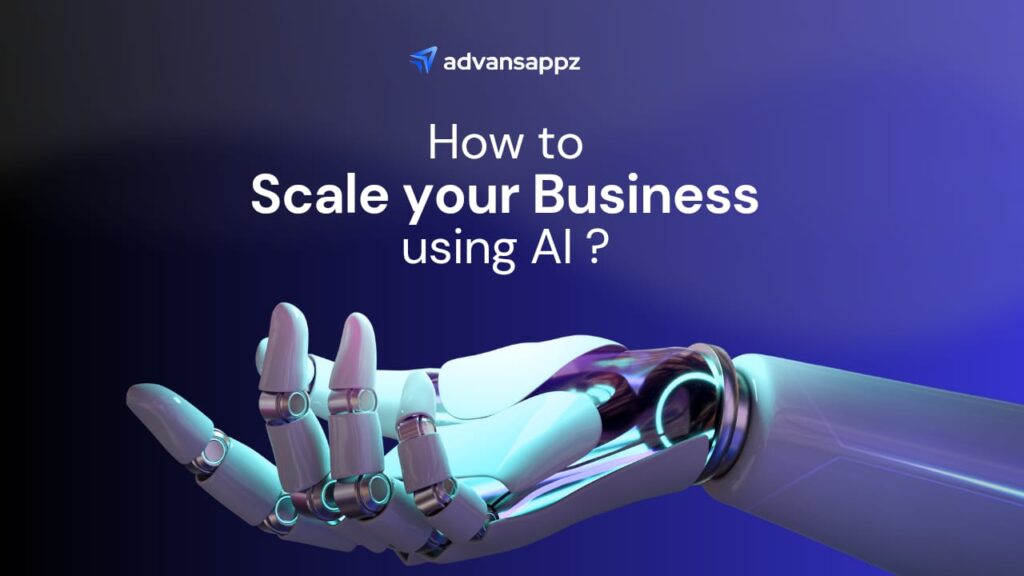Electronics manufacturers face growing demands for durable, high-performance products that can withstand real-world conditions. At the same time, they must balance efficiency, cost-effectiveness, and innovation. Traditional durability testing methods—while effective—often fall short due to high costs, long testing cycles, and limitations in detecting hidden failure points before production.
AI-powered durability testing simulation is changing this landscape. By leveraging machine learning, predictive analytics, and digital twin technology, manufacturers can simulate real-world stress conditions, identify weaknesses early, and optimize designs with greater accuracy.
This article explores how AI-driven durability testing works, its key benefits, and the technologies making it a game-changer for electronics manufacturing.
What is Durability Testing Simulation?
Durability testing assesses how well a product withstands real-world stressors throughout its lifecycle. Traditional methods involve physical testing, which can be time-consuming and costly. AI-powered simulations are transforming this process by enabling virtual testing with advanced predictive analytics.
Traditional Durability Testing:
- Involves physical prototypes subjected to:
- Mechanical stress (drops, vibrations, pressure)
- Environmental extremes (temperature, humidity, UV exposure)
- Electrical wear (voltage fluctuations, circuit degradation)
- Chemical exposure (corrosion, material degradation)
- Requires multiple prototypes and weeks of testing
- Can be resource-intensive and delay product launches
AI-Powered Durability Testing Simulation:
- Replaces manual testing with virtual modeling, reducing time and costs
- Simulates thousands of real-world scenarios in minutes
- Identifies weaknesses early in the design phase
- Enhances precision by testing different materials and structures
- Reduces the need for physical iterations, speeding up product development
For example, instead of repeatedly dropping a smartphone to test its durability, AI-driven simulations analyze its impact resistance across various angles and surfaces. This enables faster, more cost-effective improvements, ensuring a stronger, longer-lasting final product.
How AI is Revolutionizing Durability Testing
AI injects speed, precision, and foresight into durability testing through four key innovations:
- Machine Learning (ML) Models
ML algorithms analyze historical failure data to predict vulnerabilities. For instance, by studying past defects in circuit boards, AI can flag high-risk areas in new designs. - Digital Twin Technology
A digital twin—a virtual replica of a product—mirrors real-world conditions. Engineers can simulate decades of wear in hours, testing how a smartwatch battery degrades under extreme temperatures or how a drone motor performs under prolonged vibration. - Predictive Analytics
AI forecasts failure timelines and modes. For example, it can predict when a laptop hinge might fail after 10,000 open-close cycles, enabling preemptive design adjustments. - Automated Data Analysis
AI processes terabytes of sensor and test data to detect subtle patterns, such as micro-cracks in semiconductor materials invisible to the human eye.
Real-Time Industry Statistics on AI-Powered Durability Testing
- 40% Reduction in Testing Time: AI-driven simulations help manufacturers cut durability testing time by up to 40%, leading to faster product launches. (Source: McKinsey & Company)
- 30% Cost Reduction: Implementing generative AI can lead to a 40% reduction in costs derived from technology debt. (Source: McKinsey & Company)
- 25% Higher Reliability: In one metals manufacturing plant, an AI scheduling agent was able to reduce yield losses by 20 to 40 percent while significantly improving on-time delivery for customers.(Source: McKinsey & Company)
- AI Market Growth: The AI-driven testing and simulation market is expected to grow at a CAGR of 21.5%, reaching $12.5 billion by 2028. (Source: Markets and Markets)
Key Benefits of AI-Powered Durability Testing Simulation
- Accelerated Time-to-Market
AI enables rapid iteration, compressing months of testing into days. A drone manufacturer, for instance, can validate 50 design variations in a week instead of six months. - Cost Efficiency
Reducing physical prototypes cuts material waste and lab costs. Automotive suppliers report saving millions by simulating EV battery durability instead of building hundreds of test units. - Enhanced Reliability
By predicting edge-case failures (e.g., a smart thermostat malfunctioning in extreme humidity), AI ensures products excel in diverse environments. - Sustainability
Virtual testing aligns with eco-friendly goals by minimizing scrap materials and energy-intensive lab processes. - Regulatory Compliance
AI ensures products meet stringent standards (e.g., MIL-STD-810 for military gear or IEC 60529 for waterproofing) through precise simulations.
Core Technologies Behind AI-Driven Durability Testing
- Finite Element Analysis (FEA):
FEA is a powerful simulation technique used to model mechanical stress, thermal effects, and fatigue on components like smartphone casings, PCBs, and connectors. It helps engineers predict the behavior of materials and optimize product durability before physical manufacturing, ensuring that weak points are addressed early. - Computer Vision:
AI-powered image analysis uses computer vision to detect microscopic defects like cracks, soldering issues, or misalignments in PCB assemblies. This enables manufacturers to spot issues that may be too small for the human eye, ensuring high-quality production standards and reducing the likelihood of costly recalls or failures. - Cloud Computing:
Cloud infrastructure provides scalable, high-performance computing resources needed for running complex AI-driven simulations. This capability makes it possible to conduct real-time durability testing simulations while lowering upfront costs. It also democratizes access to these advanced tools for small and medium enterprises (SMEs) that might not otherwise have the resources for such high-end technologies. - Generative AI:
Generative AI can recommend design optimizations based on patterns found in simulation data. For example, it may suggest reinforcing a weak hinge in a foldable tablet or altering material composition to enhance durability in specific stress conditions. These AI insights drive innovative product design that significantly boosts product resilience.
Challenges & How AI Overcomes Them
- High Testing Costs:
Traditional durability testing involves multiple physical prototypes, which can be expensive. AI-powered simulations reduce the need for physical testing, allowing manufacturers to simulate thousands of scenarios at a fraction of the cost, thus making the testing process more cost-effective. - Long Product Development Cycles:
Traditional testing can extend product development timelines due to lengthy physical tests. AI accelerates the prediction of failure points and design flaws, enabling quicker iterations and faster redesigns, which in turn shortens the overall development cycle. - Difficulty in Predicting Real-World Scenarios:
Traditional testing methods may not always account for all real-world conditions. With digital twins, AI creates highly accurate virtual representations of physical products, allowing manufacturers to simulate real-world environments and test products in a wide variety of conditions before they hit the market. - Manual, Error-Prone Analysis:
Manual analysis of test results can be slow and prone to human error. AI automates the process of data analysis and pattern recognition, ensuring more reliable insights and reducing the risk of overlooking potential issues that could compromise the product’s durability.
The Future of AI in Durability Testing
- Quantum Computing: Ultra-fast simulations for atomic-level material analysis.
- AI-Powered Robotics: Combining physical and virtual testing—e.g., robots that “learn” from simulations to apply precise stress in labs.
- IoT Integration: Real-time sensor data from deployed products (e.g., industrial sensors) feeds back into simulations for continuous improvement.
How advansappz Drives Innovation
advansappz delivers tailored AI solutions for electronics manufacturers, from digital twin development to predictive failure analytics. Our tools help clients:
- Cut R&D costs by up to 40%.
- Achieve 99.9% testing accuracy.
- Comply with global safety standards.
Ready to Transform Your Testing Process? Contact advansappz for a consultation and discover how AI can future-proof your product quality.
Frequently Asked Questions (FAQs)
1. How does AI-powered durability testing differ from traditional testing methods?
AI-powered durability testing uses predictive analytics, digital twins, and machine learning to simulate real-world conditions, reducing the need for physical prototypes and manual analysis. This results in faster, more cost-effective, and precise testing.
2. What types of products can benefit from AI-driven durability testing?
AI-powered testing is ideal for electronics, semiconductors, automotive components, medical devices, and aerospace equipment—any product requiring high durability and reliability.
3. What are the key cost savings associated with AI-powered durability testing?
Companies save up to 30% on testing costs by reducing prototype iterations, minimizing material waste, and accelerating failure predictions.
4. Is AI-powered durability testing suitable for small and medium-sized electronics manufacturers?
Yes! With advancements in cloud computing, AI-powered simulations are now accessible to small and medium-sized businesses, allowing them to compete with industry leaders in product quality.










